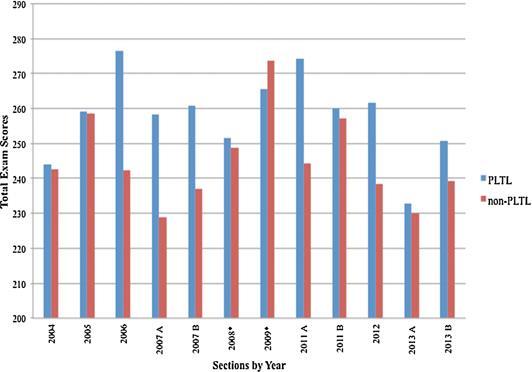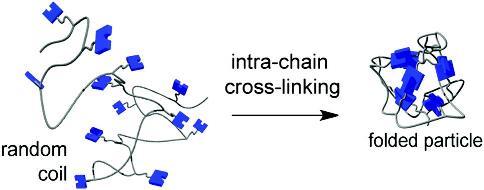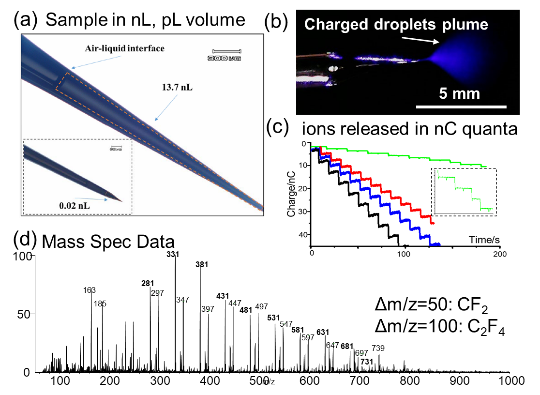Current Research Projects

J. Res. Sci. Teach., 2015, 52(3), 319-346.
Christopher Bauer designs psychometrically sound assessments to measure chemistry understanding, attitude, and motivation, and studies how that information may be used to develop improved inquiry-based curricula that enhances student learning and success, particularly at the college level. This work includes fundamental studies of student misconceptions of atoms, molecules, chemical reactions, and phenomena.
Erik Berda studies the design and synthesis of polymers programmed to adopt discrete tertiary structures, their self-assembly, responsive "smart" polymers, and other complex macromolecular architectures.

Polym. Chem., 2015, 6(2), 181-197.
Christine Caputo designs and synthesizes new organic and organometallic complexes using Earth-abundant metals that can act as catalysts or precursors for the development of new photoactive materials. Current research projects employ photochemical and electrochemical techniques to study the catalytic conversion of small molecules into more valuable sustainable fuel precursors using sunlight.

Anyin Li uses new materials and devices to improve analytical performance of mass spectrometry (MS). Current research projects aim at 1) enhancing sample-utilization efficiency in tandem MS characterization, and 2) developing novel quantitation method. Using MS based technologies, the group also creates atomically dispersed (noble metal) hybrid material for applications in catalysis, diagnosis, and flexible electronics.

Chem. Commun., 2014, 50(47), 6221-6224
Gonghu Li is interested in bridging surface chemistry with molecular catalysis for solar energy applications. Particular projects include solar fuel generation by photochemical and photoelectrochemical CO2 reduction, TiO2 materials for energy and environmental photocatalysis.
Glen Miller performs research at the intersections of organic chemistry, materials science, and nanotechnology. His group synthesizes and characterizes both small molecules and derivatives of nanostructured carbons. They then utilize these species in structural materials and in thin-film electronic devices like photovoltaics and light emitting diodes.

J. Phys. Chem. C., 2014, 118(46), 26955-26963.
Nate Oldenhuis creates new biomaterials, polymers, and supramolecular networks using tools and techniques from organic chemistry, biochemistry, and molecular biology. These new materials are used for a variety of applications from studying polymer network topology to drug delivery and 3D cell culture.

Dalton Trans. 2015, 44(26), 11887-11892.
Roy Planalp studies Medicinal and Environmental Inorganic chemistry with a focus on iron, copper and zinc, both in essential and toxic senses of metal coordination and redox chemistry. We design ligands with conjugation to biomolecules and fluorophores to modulate cellular metal metabolism of healthy and diseased states. Environmental analysis, sensing and nuclear medicine are also of interest.
John Tsavalas specializes in the synthesis, characterization, and modeling of polymer colloids. His group is engaged in a wide range of activities including controlling colloidal morphology in polymeric nanoparticle synthesis; synthesizing stimuli-responsive coatings and composites; dynamic modeling of colloidal interactions and reaction kinetics, and probing the distribution of water within polymer colloids.
Brittany White-Mathieu uses organic chemistry for the development of fluorescent molecules that address major challenges in biology. Focusing on the essential roles of membranes in cells, these novel fluorescent scaffolds are designed to investigate cellular signaling pathways and enable super-resolution imagingof cellular structures. Inspired by the unique properties of macrocyclic strictures, the lab also aims to develop a new class of next-generation fluorophores with superior optical properties.

